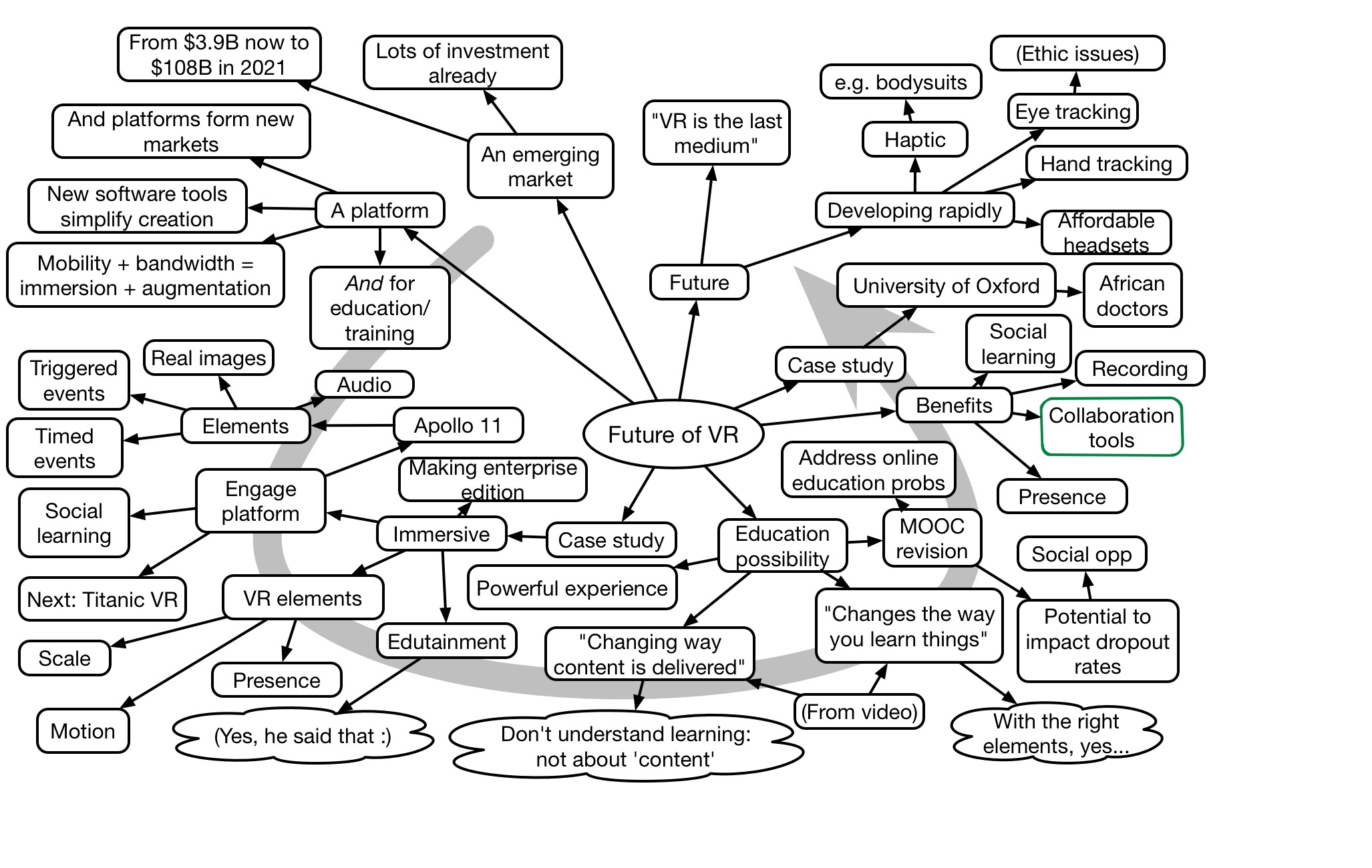My post on why ‘engagement’ should be added to effective and efficient led to some discussion on LinkedIn. In particular, some questions were asked that I thought I should reflect on. So here are my responses to the issue of how to ‘monetize’ engagement, and how it relates to the effectiveness of learning.
So the first issue was how to justify the extra investment engagement would entail. It was an assumption that it would take extra investment, but I believe it will. Here’s why. To make a learning experience engaging, you need some additional things: knowing why this is of interest and relevance to practitioners, and putting that into the introduction, examples, and practice. With practice, that’s going to come with only a marginal overhead. More importantly, that is part of also making it more effective. There is some additional information needed, and more careful design, and that certainly is more than most of what’s being done now. (Even if it should be.)
So why would you put in this extra effort? What are the benefits? As the article suggested, the payoffs are several:
- First, learners know more intrinsically why they should pay attention. This means they’ll pay more attention, and the learning will be more effective. And that’s valuable, because it should increase the outcomes of the learning.
- Second, the practice is distributed across more intriguing contexts. This means that the practice will have higher motivation. When they’re performing, they’re motivated because it matters. If we have more motivation in the learning practice, it’s closer to the performance context, so we’re making the transfer gap smaller. Again, this will make the learning more effective.
- Third, that if you unpack the meaningfulness of the examples, you’ll make the underlying thinking easier to assimilate. The examples are comprehended better, and that leads to more effectiveness.
If learning’s a probabilistic game (and it is), and you increase the likelihood of it sticking, you’re increasing the return on your investment. If the margin to do it right is less than the value of the improvement in the learning, that’s a business case. And I’ll suggest that these steps are part of making learning effective, period. So it’s really going from a low likelihood of transfer – 20-30% say – to effective learning – maybe 70-80%. Yes, I’m making these numbers up, but…
This is really all part of going from information dump & knowledge test to elaborated examples and contextualized practice. So that’s really not about engagement, it’s about effectiveness. And a lot of what’s done under the banner of ‘rapid elearning’ is ineffective. It may be engaging, but it isn’t leading to new skills.
Which is the other issue: a claim that engagement doesn’t equal better learning. And in general I agree (see: activity doesn’t mean effectiveness in a social media tool). It depends on what you mean by engagement; I don’t mean trivialized scores equalling more activity. I mean fundamental cognitive engagement: ‘hard fun’, not just fun. Intrinsic relevance. Not marketing flare, but real value add.
Hopefully this helps! I really want to convince you that you want deep learning design if you care about the outcomes. (And if you don’t, why are you bothering? ;). It goes to effectiveness, and requires addressing engagement. I’ll also suggest that while it does affect efficiency, it does so in marginal ways compared to substantial increases in impact. And that strikes me as the type of step one should be taking. Agreed?



